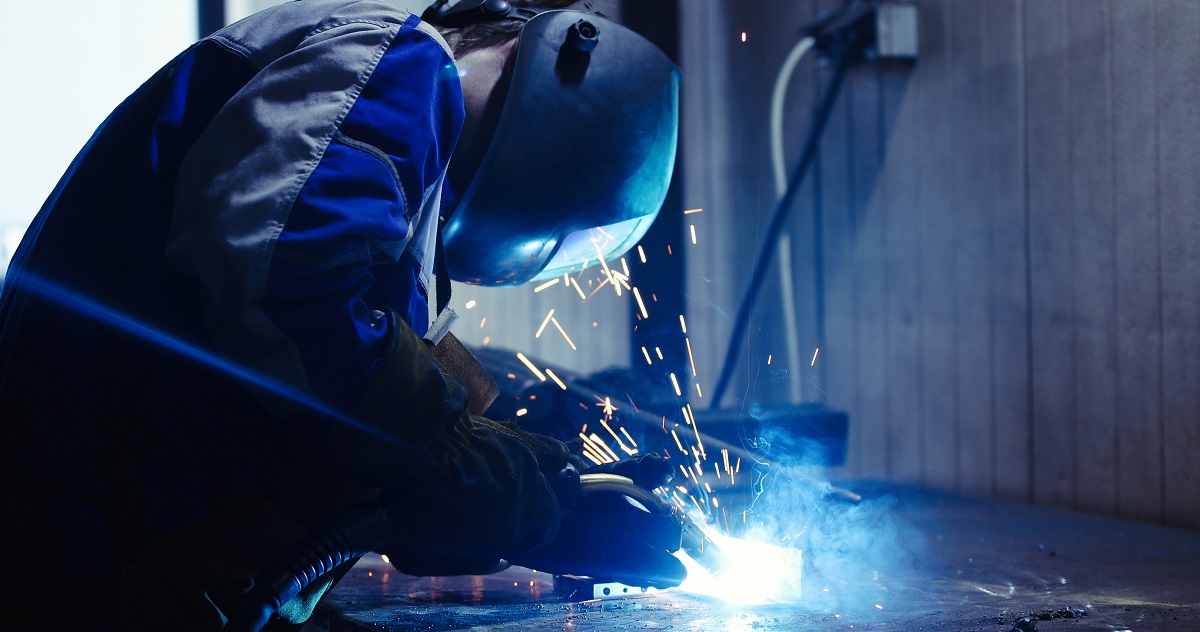Mastering the Art of Welding: Exactly How to Prevent Undercut Welding Issues for Flawless Fabrication Results
Performance and accuracy are extremely important worldwide of welding, where even the least flaw can jeopardize the architectural integrity of a produced piece. One common obstacle that welders face is undercutting, a problem that can damage a weld joint and lead to costly rework. By comprehending the source of undercut welding and implementing effective methods to avoid it, welders can elevate their craft to brand-new levels of excellence (Preventing weld undercut). In the search of perfect fabrication outcomes, grasping the art of welding to prevent undercut concerns is not just an ability yet a necessity for those striving for perfection in their job.
Understanding Undercut Welding

To stop undercut welding, welders need to make sure appropriate welding specifications, such as changing the current, voltage, traveling speed, and maintaining the proper electrode angle. By comprehending the causes of undercut welding and implementing preventative actions, welders can attain high-grade, structurally audio welds.
Reasons For Undercut in Welding
Understanding the variables that add to undercut in welding is vital for welders to create high-grade, structurally sound welds. Damaging happens when the weld metal does not properly load the groove developed in between the base steel and the previously deposited weld metal. Several elements can bring about undercut in welding. One typical cause is too much warm input. Welding at high temperature levels for prolonged durations can result in the base steel melting greater than desired, resulting in damage. Insufficient welding wrong or present welding rate can also add to undercut. Inadequate current might not supply enough warmth to thaw the base and filler metals adequately, while extreme rate can prevent proper blend, causing undercut. In addition, improper electrode angles or wrong lantern control strategies can create areas of reduced weld metal deposition, promoting undercut. Recognizing these reasons and carrying out proper welding strategies can assist stop undercutting issues, making certain solid and sturdy welds.
Techniques to avoid Undercutting

To minimize the danger of damaging in welding, welders can use strategic welding strategies targeted at enhancing the top quality and integrity of the weld joints. One reliable technique is to readjust the welding criteria, such as voltage, current, and take a trip rate, to make sure proper warm input and deposition. Keeping an ideal electrode angle and guaranteeing regular travel speed can likewise assist protect against undercut. Furthermore, utilizing the proper welding technique for the certain joint configuration, such as weave or stringer grains, can add to reducing damaging. Preventing weld undercut.
Utilizing back-step welding methods and regulating the weld bead profile can additionally assist distribute warmth evenly and lessen the threat of undercut. Regular examination of the weld joint throughout have a peek at these guys and after welding, as well as carrying out high quality guarantee measures, can aid in detecting and dealing with undercutting issues immediately.
Value of Proper Welding Criteria
Picking and keeping ideal welding criteria is vital for attaining successful welds with very little issues. Welding specifications describe variables such as voltage, present, take a trip rate, electrode angle, and securing gas circulation price that directly affect the welding procedure. These criteria have to be meticulously adjusted based upon the sort of material being welded, its thickness, and the welding technique employed.
Proper welding parameters guarantee the ideal quantity of warm is put on melt the base metals and filler material uniformly. If the parameters are set expensive, it can lead to excessive warmth input, causing spatter, distortion, or burn-through. On the various other hand, if the specifications are too low, insufficient blend, absence of penetration, or undercutting might take place.
High Quality Assurance in Welding Operations

Conclusion
Finally, grasping the art of welding requires a comprehensive understanding of undercut welding, its reasons, and techniques to avoid it. By guaranteeing appropriate welding specifications and applying quality control techniques, perfect construction outcomes can be accomplished. It is necessary for welders to constantly strive for quality in their welding procedures to stay clear of undercut problems and generate top quality welds.
Undercut welding, a common problem in welding procedures, takes place when the weld metal doesn't properly fill the groove and leaves a groove or anxiety along the welded joint.To avoid undercut welding, welders ought to make sure appropriate welding parameters, such as adjusting the present, voltage, travel speed, and preserving the proper electrode angle. Poor welding existing or incorrect welding speed can likewise contribute to undercut.To minimize the threat of damaging in welding, welders can employ calculated welding strategies aimed at improving the top quality and honesty of the weld joints.In verdict, description grasping the art of welding requires a thorough understanding of undercut welding, its causes, and techniques to avoid it.